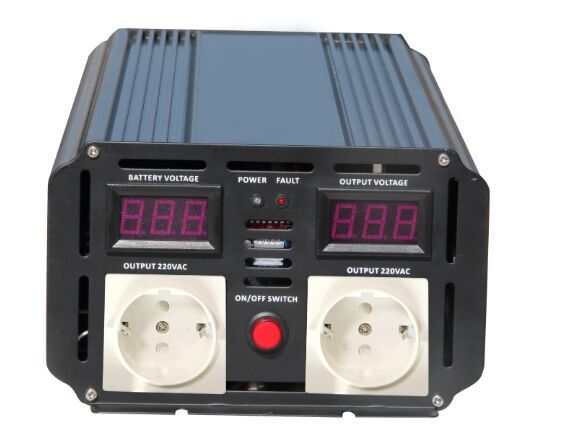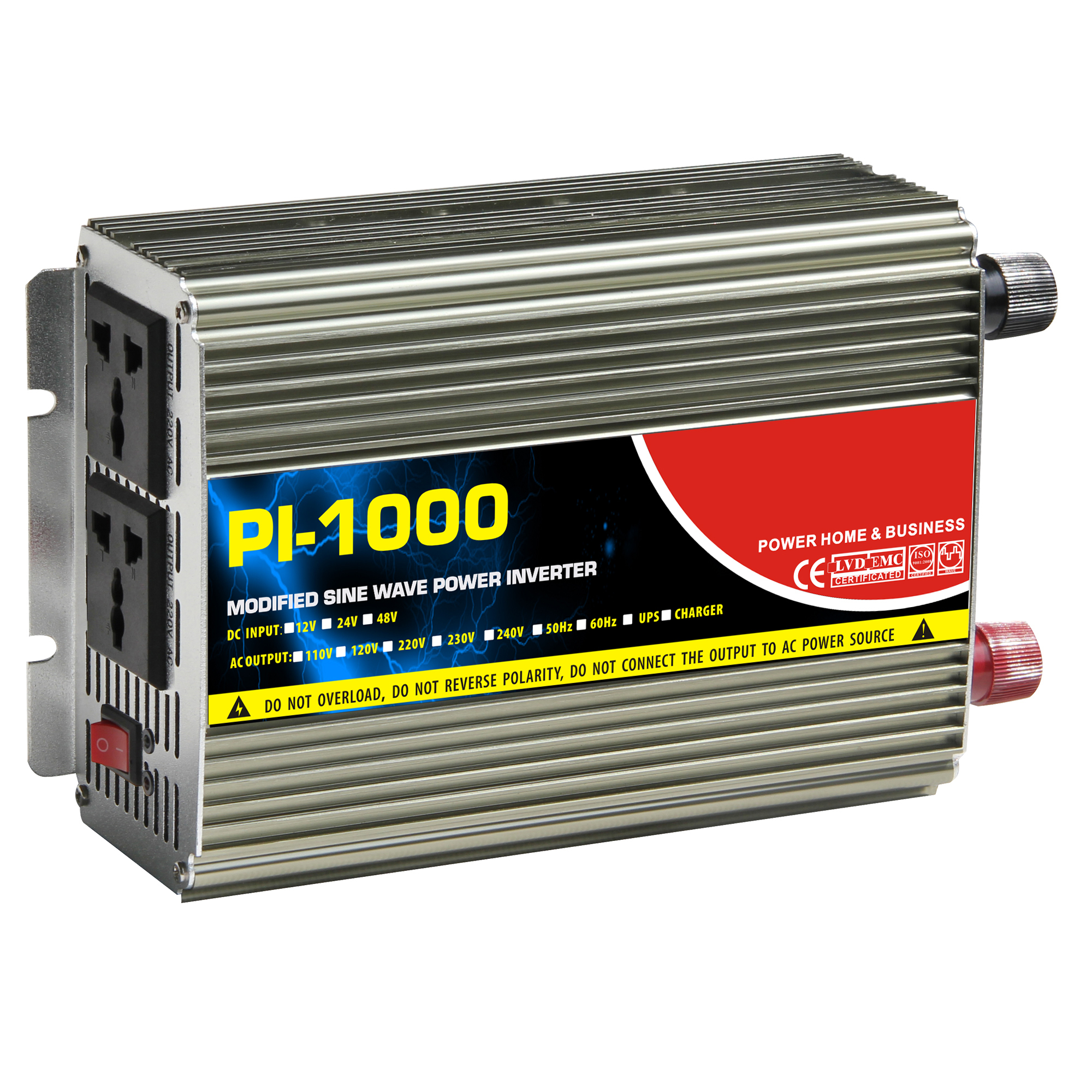An inverter is an electronic device that converts low-voltage (12 or 24 volts) direct current into 220 volts alternating current. Because we usually rectify 220 volt AC power into DC power to use, and the inverter has the opposite effect.
In simple terms, the inverter converts direct current into alternating current. It is widely used in air conditioners, home theaters, electric sewing machines, computers, TVs, washing machines, refrigerators, fans, range hoods, and many other places.

These appliances need a large current to drive at the moment of starting, and once they are started successfully, they only need a small current to maintain their normal operation(low frequency power inverter). Therefore, for inverters, there are concepts of continuous output power and peak output power.
The continuous output power is the rated output power; the general peak output power is twice the rated output power. It must be emphasized that some electrical appliances, such as air conditioners and refrigerators, have a starting current equivalent to 3-7 times the normal working current. Therefore, only the inverter that can meet the peak power of the electrical appliance can work normally.

Although the inverters produced in the past two years have high power, their conversion efficiency is also very high. Compared with the previous inverters with lower power, power consumption is much smaller. In addition to the amount of power consumption related to the output power of the inverter, a more direct factor is conversion efficiency. The current conversion efficiency can reach 90%. In the past, even 80% could not be reached.
The greater the power of the inverter, the more power it will consume. The first is to change the alternating current into direct current. Then electronic components are used to switch the direct current into alternating current. Generally, a more powerful inverter uses an SCR and an adjustable frequency device.